The sights and aromas of common and offbeat varieties of vegetables and fruits are truly inspiring as you browse the aisles of farm markets. Often, there are samplings, food demos, and even music, so your shopping trip becomes more of a fun outing than a mere errand. The experience can be a great one for kids, helping them make the connection between the food they (hopefully) eat and the people who grow it. Just-harvested farm market fare — that hasn’t been trucked across the country — is at its peak of flavor and nutrition. Here are a few tips for making the most of your farm market shopping expeditions, adapted from Plant Power by Nava Atlas (HarperOne, ©2014, reprinted by permission). Photos by Hannah Kaminsky.
Know when to go: Most markets are busiest in the morning. If you want the best, freshest selection, go early. But for the best deals, shop just before the market closes. Vendors would rather not take goods back to the farm, and might be open to marking prices down at the end of the day. And while it’s most fun to shop at farm markets when the weather is inviting, iffy-weather days may yield more bargains.
Bring a cooler: Farm markets are often a bit further afield from your home than your local supermarket, and often operate during some of the hottest months — summer through early fall. During warm weather months, bring a cooler packed with ice in which to put your produce (or at least the most perishable, like berries and tender greens) for the trip home.
Leave your list at home: Farm market shopping is one time to do away with shopping lists. You never know what might call to you, or what may be on offer for a great price. It’s a chance to try new kinds of produce, so approach this expedition with an open spirit. This being said, don’t overdo it. It’s tempting to go home with tons of gorgeous produce, and heartbreaking when you need to compost it a week or two down the road. Be realistic about what you’ll use within a week.
Comparison shop: Farm market shopping isn’t always inexpensive. The farm market in my town is on the pricey side; the one an easy 30-minute drive from here is bigger and far more reasonable. So my quandary is always whether to save to save time or money. I usually opt for the larger, less expensive farm market, as I also like the wider selection. So, try to compare the local farm markets within an hour radius of your home.
Take an overview: Another way to save money is to take a browse around the entire market before you start buying. There’s often price differences between the exact same kind of goods from one stand to another.
Pick your own: A nice way to extend the farm market experience is to seek out pick-your-own farms and farms that maintain their own stand. Kids seem to especially enjoy picking produce, and are quite likely to want to eat whatever it is that they’ve toiled to gather. Local chambers of commerce usually have information on hand to help you locate such farms nearest where you live.
Prep your produce: When you get home with your farm market goods, don’t just stash everything in the fridge in opaque bags. A minimal amount of processing will ensure that these nutritious foods will be used, and used soon. For example, you can stem, chop, wash, and dry greens to use for the same night’s dinner. Go one step further and massage kale in preparation for making salads. Wash berries and put them into clear bowls to tempt those who open the fridge to snack on them. Cut up veggies that are good raw (carrots, turnips, bell peppers, etc.) into bite-sized pieces for snacking on later.
By shopping and/or picking straight from the farm, you’re supporting local agriculture, and in effect, what’s called local food systems. You can forge personal relationships with growers, and feel good about supporting local economies.


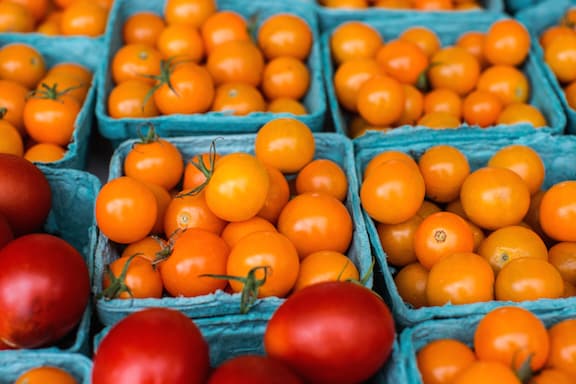
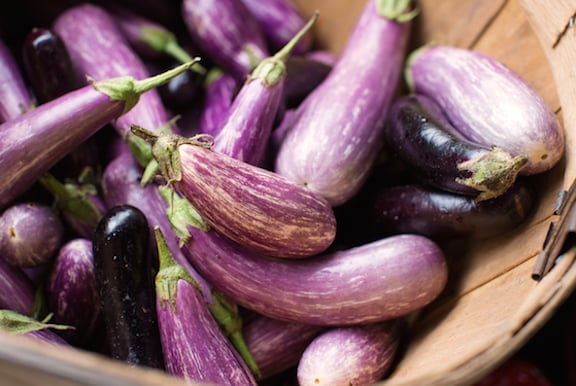
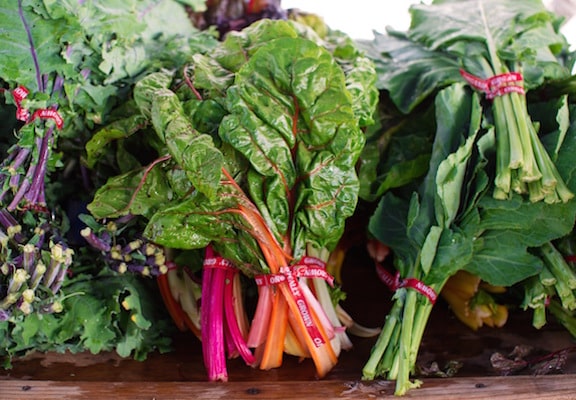

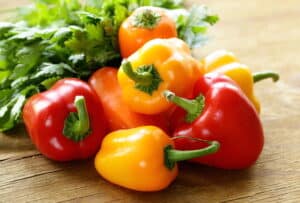
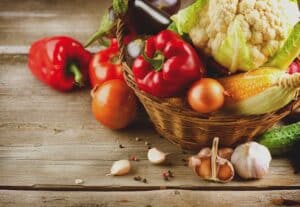
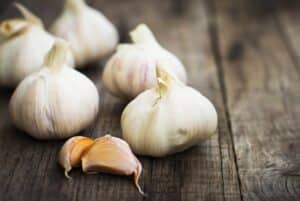
Comments
No Comments